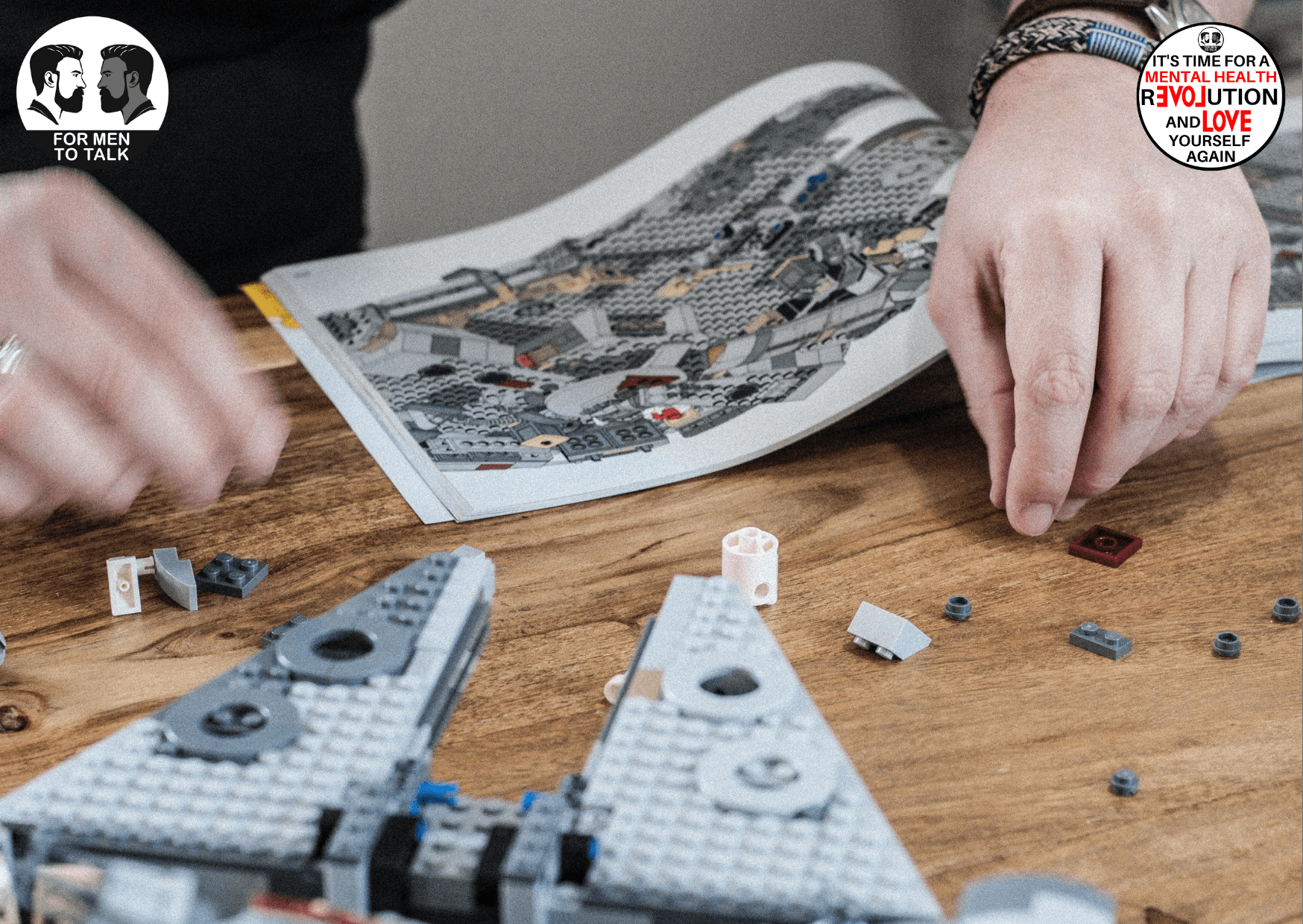With a bucket of Lego, you can tell any story

Lego is a popular toy that has been around for many decades. It is a versatile and engaging play experience that has been enjoyed by children and adults alike. In recent years, there has been an increasing recognition of the potential benefits of Lego for mental health.
One of the key benefits of Lego is its ability to foster creativity. The open-ended nature of Lego allows people to let their imagination run wild and build whatever they can think of. This can be a therapeutic experience, as it allows people to express themselves in a way that is not always possible with words.
Another potential benefit of Lego is its ability to improve problem-solving skills. Lego requires people to think spatially and logically in order to build structures and create solutions to problems. This type of thinking can be beneficial for mental health, as it can help people to develop a more flexible and adaptable mindset.
In addition to these benefits, Lego can also provide a sense of accomplishment and pride. The feeling of successfully completing a Lego project, whether it’s a simple structure or a more complex creation, can provide a boost to self-esteem and self-confidence. This can be particularly beneficial for people who are struggling with mental health issues such as depression or anxiety.
One way in which Lego can be used for mental health is through therapy. Therapists may use Lego as a tool to help their clients express their thoughts and feelings, or to explore complex emotional issues in a safe and supportive environment. Lego can also be used in group therapy, where it can provide a shared experience that promotes social interaction and connection.
Another way in which Lego can be helpful for mental health is through informal play. Individuals can use Lego at home or in other settings to relax and unwind, to de-stress and destress, or simply to have fun. This type of play can be a valuable form of self-care, and can help to improve overall well-being.